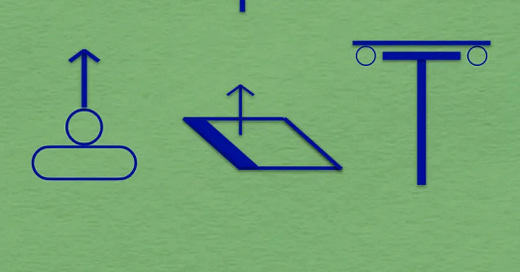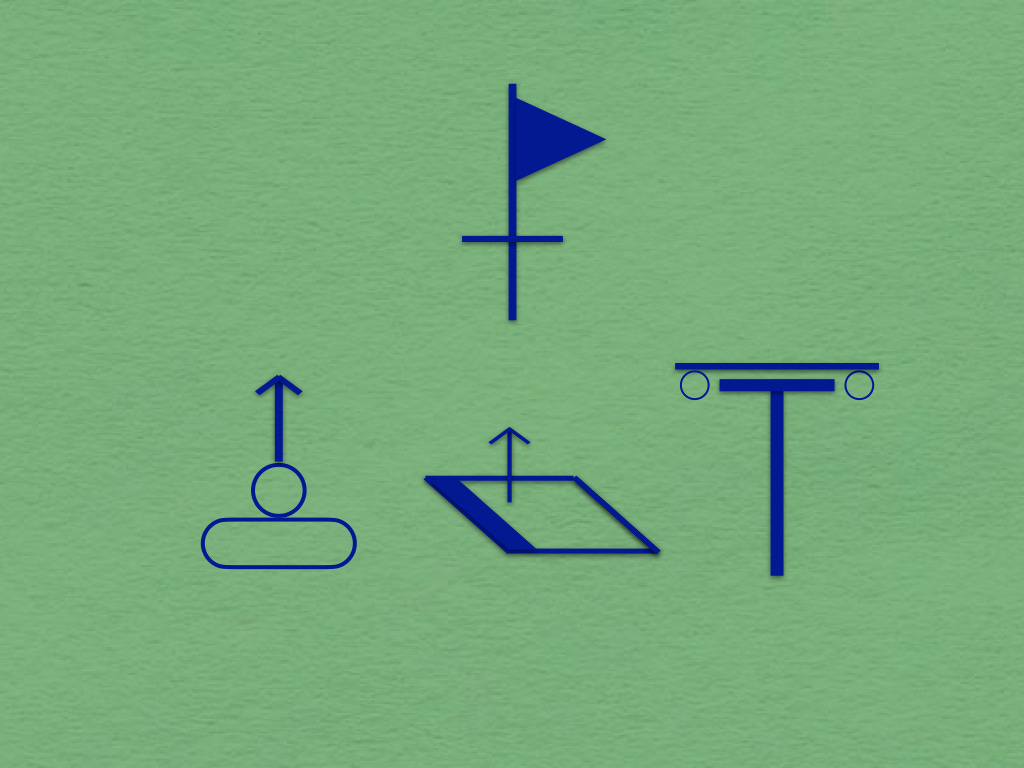In 1944, the tank hunter battalion [Panzerjäger Abteilung] of a typical infantry division consisted of three very different elements: a company of towed anti-tank guns, a company of self-propelled anti-aircraft guns, and a tank hunter [Panzerjäger] company. In some instances, the tank hunter company employed self-propelled anti-tank guns, such as the Marder or the Hetzer. In others, it was a previously independent assault gun detachment [Sturmgeschütz Abteilung].
In December of 1944, the Armored Troops Newsletter [Nachrichtenblatt der Panzertruppen] published two short case studies, each of which described the actions of tank hunter companies armed with assault guns. In keeping with the custom of the publication, the article concluded with comments written by the Inspector of Armored Troops.
The Experience of Tank Hunter Company 1045 with the Assault Gun III
The company was held in readiness as the division reserve. After half an hour of intense artillery preparation [Trommelfeuer], the enemy attacked in the late morning with 30 tanks (late model T-34 and KV1) and ground attack aircraft. With portions of five or six divisions, he sought to force a breakthrough. The terrain was extraordinarily favorable for the enemy. In particular, patches of woods offered opportunities for gun positions and assembly areas.
The company went into action with nine assault guns and was able, within three hours, to shoot up or destroy the following:
On the first day:
sixteen late model T-34 tanks
one KV 1 tank
two T-34 tanks (mobility kills)
seventeen machine guns
two mortars
two artillery forward observers and their radios
one antitank gun
one infantry gun
On the second day:
two T-34 tanks
one self-propelled gun
twenty-one machine guns
three antitank rifles
two mortars
two antitank guns
The tanks were shot up at ranges of 600-800 meters. One assault gun shot up in fifteen minutes a column of five tanks.
The enemy tanks didn’t have time to get off any aimed shots. The rest of the tanks were hunted down individually. One T-34 was shot up with three shots at a range of 1,000 meters.
High explosive shells had an outstanding effect against unarmored targets.
The provision of machine guns and submachine guns to the assault guns has proved itself advantageous, because these weapons allow enemy infantry and antitank teams to be suppressed or kept at a distance.
It should be mentioned that in the fields where the fighting took place the grain had been gathered into haystacks. During a counterattack, the Russians used incendiary ammunition and set fire to three assault guns which had used these haystacks for concealment.
Soon after the first thirty minutes of combat the Russians came on our radio net and, using the code name of the company commander, attempted to get position reports from the individual assault guns and to give orders.
The company commander was forced to change the frequency three times during the attack.
All that remains to be said is that, after such heavy losses of tanks, the enemy no longer employed armor to accompany his infantry attacks, but rather dug them in near the line of departure.
The Experience of Tank Hunter Company 1253 with the Assault Gun IV
Tactics
Because of the situation, the company was invariably employed as single platoons. This was time and again required of the single tank hunter (assault gun) company of a single infantry division. The focus [Schwerpunkt] of training must therefore be on small unit tactics and platoon training.
Because of operational demands and the resulting movement back and forth, there was no time to practice cooperation with the infantry. Some situations permitted a discussion between the commanders, but never the necessary liaison between subordinate leaders.
Our own attacks were impaired by the reduced condition of the infantry and the lack of practice in cooperation during combat.
The enemy, to include tanks and anti-tank guns, avoided our strong counter-attacks and only resisted when the infantry had stopped following us.
The company was equipped with assault guns which no longer had the old machine gun with a shield but had yet to be equipped with the new 360° machine gun mounts. Because the enemy can often be suppressed only by machine gun fire, additional firing of high explosive shells could not compensate for the absence of this weapon.
Supply
The lack of trucks and the consequent burden placed on those few trucks available has led to difficulties in supply and maintenance. Thus, for example, the company workshop can’t work because it cannot carry its full set of equipment in its trucks.
Comments of the Inspector General of Armored Troops
1. Sending assault guns into action as individual platoons may have been required by the particular situation of the division in question, but must not become the standard practice.
See, in this regard, Note 75/3 Guidelines for the Employment of Tank Hunter Companies, Paragraph 9: “Employment as single platoons constitutes an exception. It can be required in fighting against bunkers and field fortifications and in terrain that offers poor visibility.”
Only the use of the concentrated fire and shock power [Stoßkraft] of the entire assault gun unit, cooperating with the infantry, can bring decisive success and is the best way to preserve men and materials. The success of Assault Gun Company 1045 is an excellent example of this.
2. Camouflage made of flammable materials (such as straw) must so be arranged that, in case it is set on fire by the enemy, it can be thrown off in a matter of seconds.
3. The changing of radio frequencies during combat must be practiced in training.
4. In the interest of preserving for the infantry division the (often decisive) combat power [Kampfkraft] of the assault gun company, time for the necessary preparations for combat and opportunity for maintenance must be made available.
5. The disadvantage of the lack of a 360° machine gun mount underscores the requirement set forth by the Inspector General of Armored Troops that all assault guns and hunting tanks [Jagdpanzer] be provided with this weapon. In training, particular emphasis is to be given to the use these machine guns.
Source: Armored Troops Newsletter [Nachrichtenblatt der Panzertruppen], Number 18 (December 1944), pages 19-22. A copy of this article can be found at the Military Learning Library.






I found the following quote of great interest as suggestive of Soviet intelligence penetration:
“Soon after the first thirty minutes of combat the Russians came on our radio net and, using the code name of the company commander, attempted to get position reports from the individual assault guns and to give orders.
The company commander was forced to change the frequency three times during the attack.”
It reminded me of a story my father (who was lead navigator) told as his heavy bomber squadron would head out on a bombing mission in Europe in WWII. As they formed up, the radio would crackle with a greeting from Germany, identifying the planes individually and telling them of the reception they would receive over the named target. Not sure how often that occurred, but as psychological warfare, it must have had some impact on the flight crews.